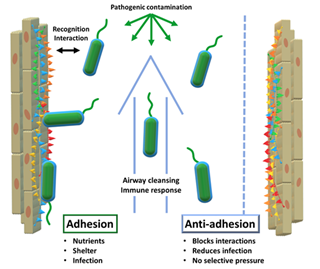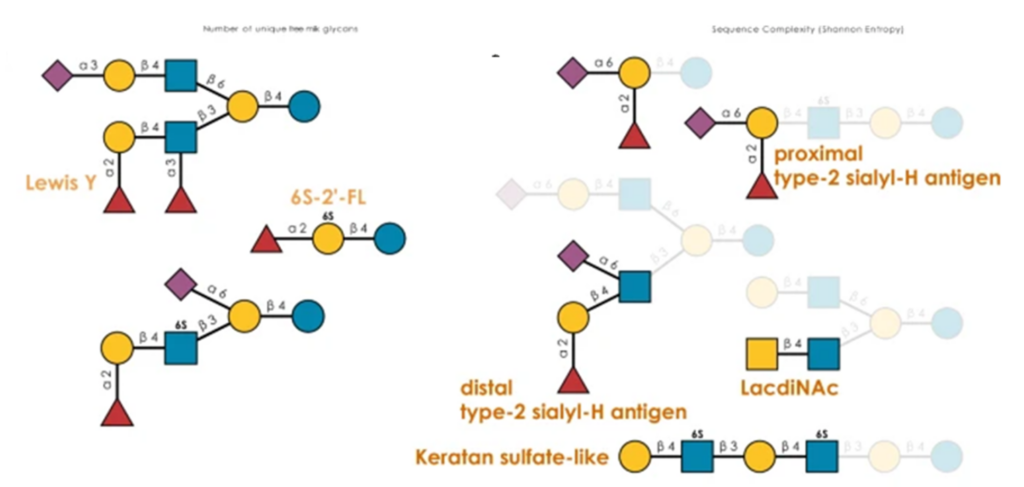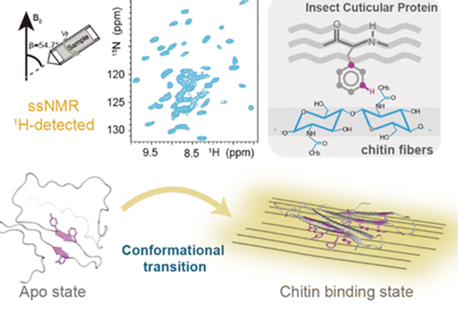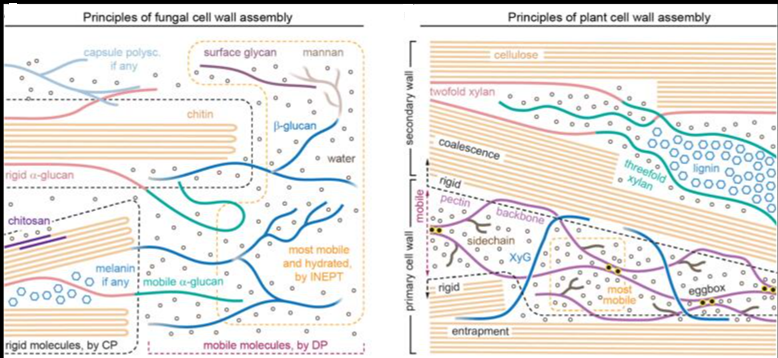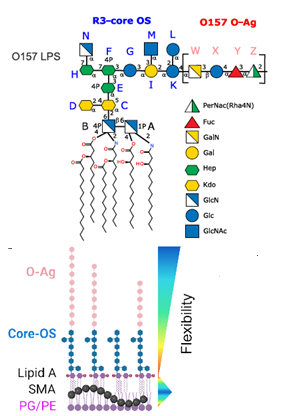The collection of glycopedia virtual chapters has been extended with a new contribution
Multi-drug resistant (MDR) pathogens such as Burkholderia cenocepacia have become a hazard in the context of healthcare-associated infections, especially for patients admitted with compromising or aggravating conditions. Like other opportunistic Gram-negative bacteria, this pathogen establishes virulence and biofilms through lectin-mediated adhesion. Glycans and glycomimetics have become devices of choice to antagonize or disrupt such interactions. The article provides an overview of this topic, highlighting anti-microbial resistance (AMR), anti-adhesion therapy (AAT), carbohydrate-lectin interactions, and glycomimetics as therapeutic agents. An example highlights the case of MDR lung pathogens, in particular Burkholderia cenocepacia.
